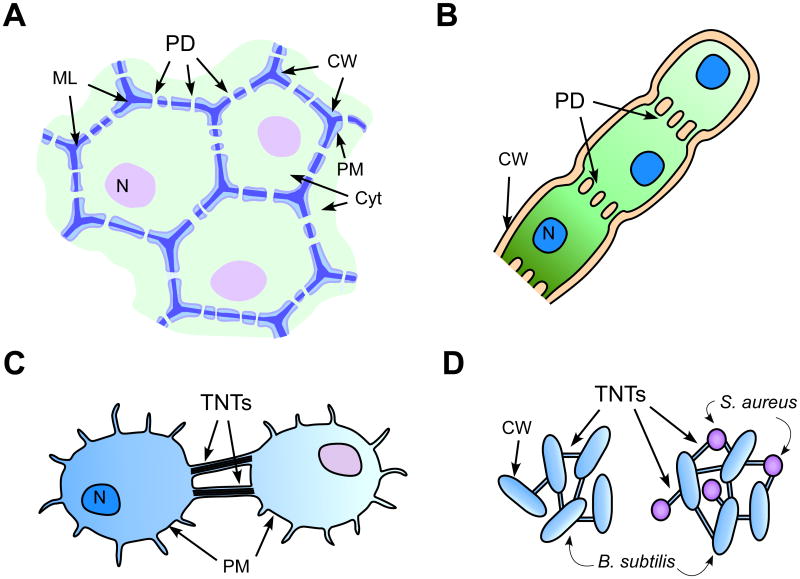Figure 1. Membrane-lined cell-to-cell communication channels found across biological kingdoms.
A. Plasmodesmata in higher plants provide symplasmic and membrane continuity among neighboring cells. Detailed structural features of plasmodesmata are not illustrated in this diagram. CW, cell wall (light blue); ML, middle lamella (dark blue); PM, plasma membrane (grey line); N, nucleus (purple); Cyt (cytoplasm, light green).
B. Plasmodesmata in filamentous algae form plasma membrane-lined simple pores, which support diffusion of small molecules and nutrients.
C. Mammalian tunneling nanotubes can form de novo in cultured cells.
D. Bacterial tunneling nanotubes can form among cells of the same or different species. Illustration shows tunneling nanotubes formed within B. subtilis (left) and those between B. subtilis and other bacterial species such as Staphylococcus aureus or Escherichia coli (right). PD, plasmodesmata; N, nucleus; CW, cell wall; ML, middle lamella.

